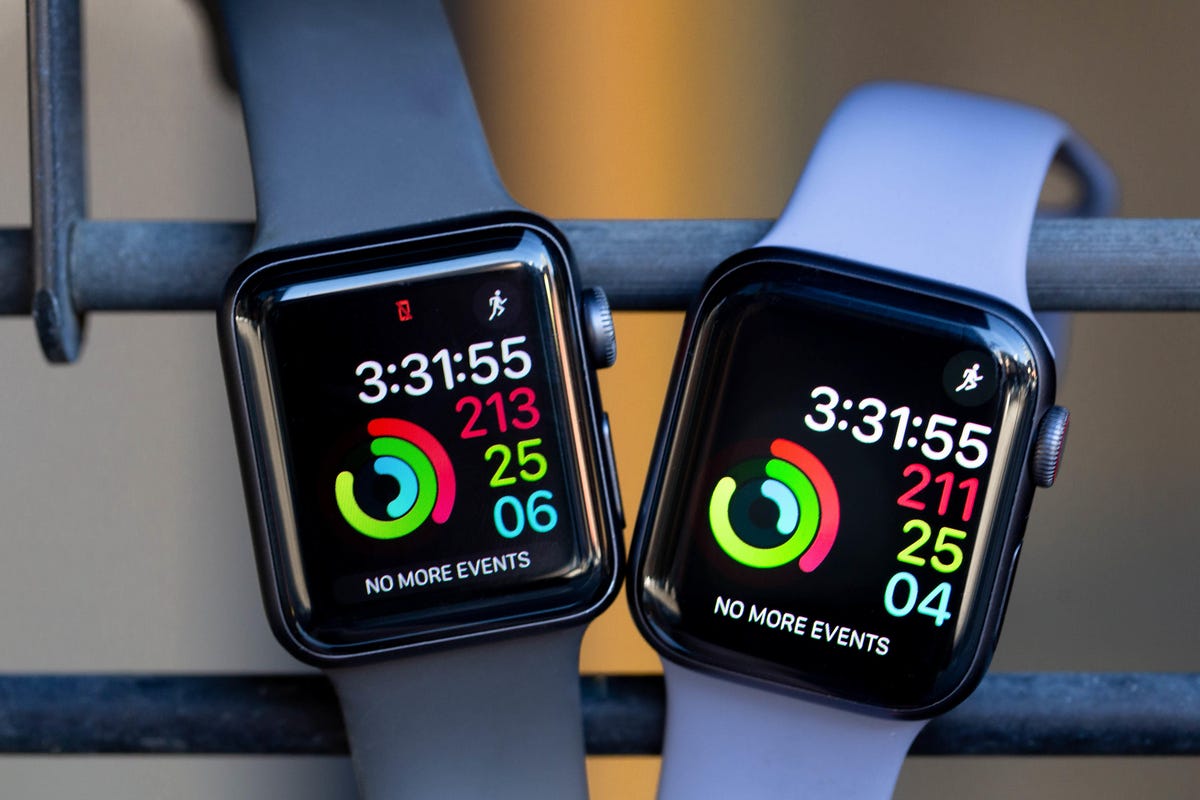Whether a brisk daily walk or a high-intensity cardio workout, exercise is important for maintaining weight, sleeping well and boosting mental health. You may have been told that walking 10,000 steps is the key to achieving your fitness goals, but step count is a lot more nuanced.
Among fitness tracker users, the number 10,000 floats around a lot — as in, try to walk a total of 10,000 steps (about five miles) every day, including all your regular daily activities. And yes, the small everyday things you do to move each day matter. For example, choosing to walk to work, parking farther away or taking the stairs does count toward your activity, and it’s great that our tech can help us see that.
But are there any real health benefits to getting 10,000 steps each day? Or does how you get them matter more? What about the other workouts you do that don’t give you more steps? Here’s what science and the experts have to say.
Exercise isn’t one-size-fits-all
Since everyone is different and has a unique lifestyle, activity level and goals, it makes sense that not everyone will need the same amount of exercise each day to be healthy. Part of this comes down to each person’s individual goals and health concerns. But, for the average person, is 10,000 steps a day really enough to be considered active and healthy? It can be a great goal and starting place, according to professor Paul Gordon, an exercise physiologist and chair of Baylor University’s Department of Health, Human Performance and Recreation.
“The average person is going to take between 3,000 and 6,000 steps over the course of the day from commuting, shopping, etc. By adding 30 minutes of exercise (approximately 3,000 steps) that gets us to around 10,000 steps,” Gordan said. He also added that when it comes to walking, more is better for your health.
So what if you aren’t just walking for exercise (or even tracking your steps at all), how much exercise do you really need? According to the Department of Health and Human Services, you need at least 150 minutes of moderate aerobic activity (such as brisk walking or swimming) or 75 minutes of vigorous activity (such as running or dance cardio class) every week. The DHHS also recommends doing strength-training exercises (such as lifting weights or doing exercises that use your own bodyweight) twice a week.
Keep in mind if your goal is to meet other specific fitness or aesthetic goals, you may need to exercise more than the standard 150 minutes to reach your goal.
Where did 10,000 steps a day come from?
The 10,000-step recommendation has been mainstream for some time, but have you ever wondered where it originally came from? While you might expect the recommendation emerged from a medical source or government health agency, it turns out that’s not the case at all.
In a talk at fitness industry event ks, sports medicine physician Dr. Jordan Metzl called out that the 10,000 steps number is arbitrary. The number has roots that you can trace back to a Japanese walking club that adopted the term as part of a marketing slogan.
A JAMA Internal Medicine article also points out that there is “limited scientific basis” to back up the claim that taking 10,000 steps a day is necessary for health. But the study did find that the participants who took more steps per day (over a four-year period) had a lower mortality rate than those who took fewer steps.
The best way to track your daily activity
If you have a Fitbit, Apple Watch or other smartwatch, you know that these devices can track much more than just your steps. And while tracking total steps and the distance you walk each day is helpful, can other factors be a more effective way to measure your activity? According to Gordan, steps aren’t the best measurement of physical activity. “It does not take into account intensity of activity and is not effective for forms of non-weight-bearing activity (i.e. cycling).”
Since steps can’t account for your level of intensity, Gordan recommends also using a heart rate monitor to help you gauge exercise intensity. After all, you could technically get 10,000 steps in a day without really elevating your heart rate or keeping it up for long. “I would encourage engaging in weekly activities that will increase heart rate for a continuous period of time.” He said a balanced exercise routine could look like doing an activity that gets your heart rate up (like brisk walking or running) four days a week, and going to yoga classes two days a week to work on strength and flexibility.

The Apple Watch measures more than just steps — it pays attention to how much time you spend moving everyday.
Is there a better goal to aim for than 10,000 steps a day?
If 10,000 steps a day seems like an arbitrary goal now, then what are some good goals to work toward when it comes to activity? One factor that can make a big difference for your health actually has nothing to do with how many steps you take, but rather how much time you spend sitting. “Studies have shown that sitting for long periods is in itself unhealthy, even if you perform a daily bout of activity. So interspersing activity throughout the day is very helpful.”
Mayo Clinic recommends aiming to break up the time you spend sitting each day with activity, even if you are getting the recommended amount of exercise each day. Too much sitting is associated with a higher risk of metabolic problems and can impact your health.
Further, a recent study found that people who sat for more than 13.5 hours a day failed to reap some of the health benefits from one hour of exercise, since their overall activity level was so low compared to the time they spent sitting.




















+ There are no comments
Add yours